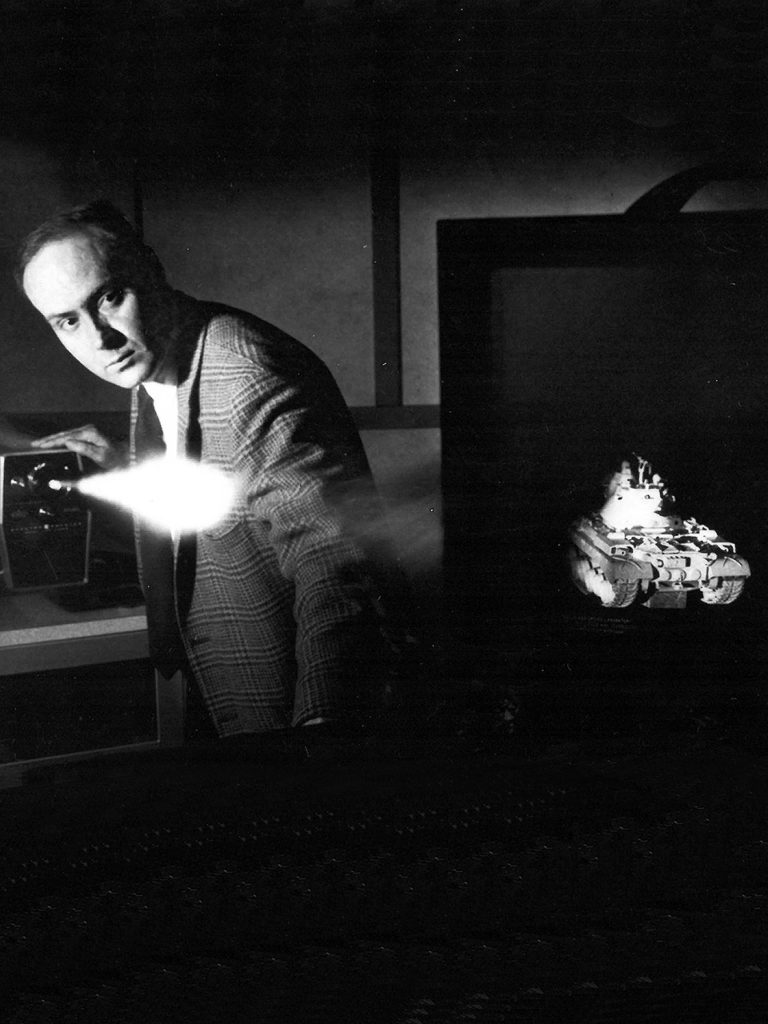Optical science at Michigan has a rich tradition in optics dating back to the early 1960’s, when Professor Emmett Leith with Juris Upatnieks first developed optical holography and Professor Peter Franken in Physics discovered second harmonic generation. Since then, optics has continued to grow at the University, which is now home to over 25 faculty across numerous departments and colleges who are involved in state-of-the-art research and engineering in modern optics and photonics. Nine faculty have their primary home in the Optics and Photonics Lab in EECS.

The Optics and Photonics laboratories conduct research in the general areas of photonics, quantum optoelectronics, and ultrafast optical science. Specific areas presently under investigation include nonlinear optics, optical MEMS (coupling optical fields to mechanical motion), ultrafast optics, semiconductor quantum optoelectronics, Terahertz generation and applications, fiber and integrated photonics and lasers, high-power fiber lasers, x-ray and EUV generation, quantum optics and quantum computing, optical microcavities, nanophotonics, spectroscopy of single quantum dots, biophotonics, and biophysical studies of biomolecular structure.
In addition, the College of Engineering is home to the Center for Ultrafast Optical Science (CUOS), the country’s foremost center for academic research in ultrafast science. The Center’s research focuses on the development of high peak-power optical sources; ultrafast electronic and optical science; high field physics and technology; and development and application of short wavelength, short pulse optical sources with intensities exceeding 10E22 watts/cm2 (presently the world’s record for on-target intensity). Although most students work with faculty in the EECS Department, it is also possible to conduct research with faculty in other departments working on problems such as laser cooling and trapping of atoms, coherent control and wave function engineering in atomic systems, optical metamaterials, and phonons in solids.
Finally, many optics faculty are part of the National Science Foundation’s first Frontiers in Physics Center at Michigan. This center, known as Frontiers in Optical Coherence and Ultrafast Science (FOCUS), includes faculty from EECS, NERS, Space Physics, Physics and Chemistry.
Related Links
Applied Physics >
Biointerfaces Institute >
Biophysics >
Center for Photonic and Multiscale Nanomaterials >
Center for Solar and Thermal Energy Conversion >
Center for Ultrafast Optical Science >
Lurie Nanofabrication Facility >
Michigan Nanotechnology Institute for Medicine and Biological Sciences (M-NIMBS) >
Optics and Photonics Laboratory >
Optoelectronic Components and Materials Group >
Ultrafast and Nonlinear Spectroscopy Laboratory >
 MENU
MENU 
